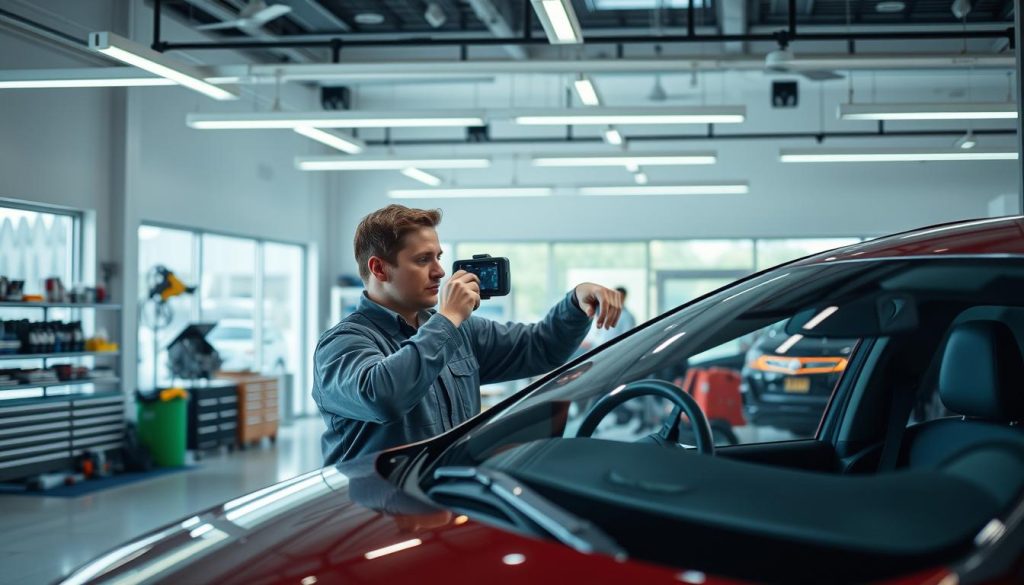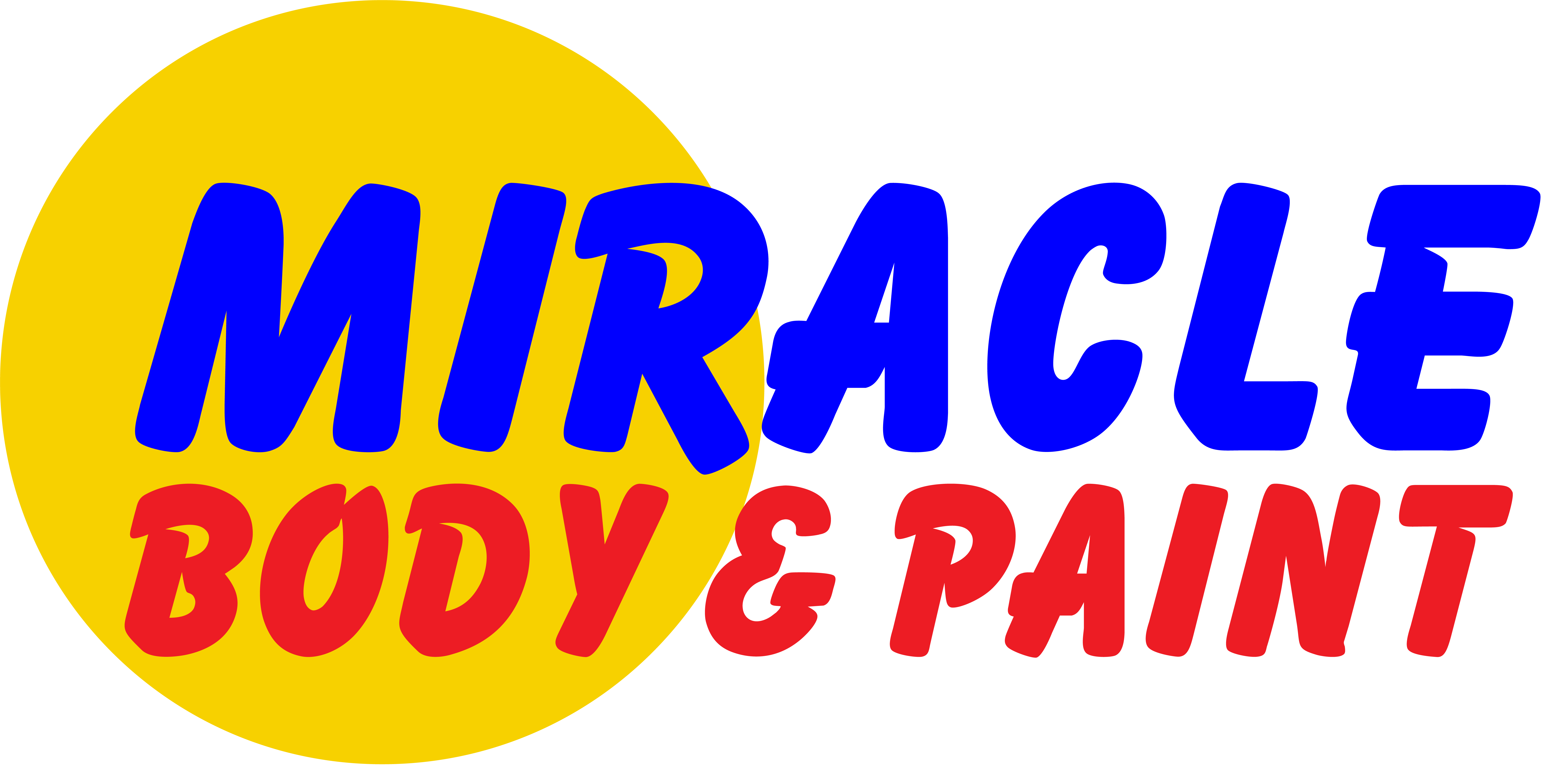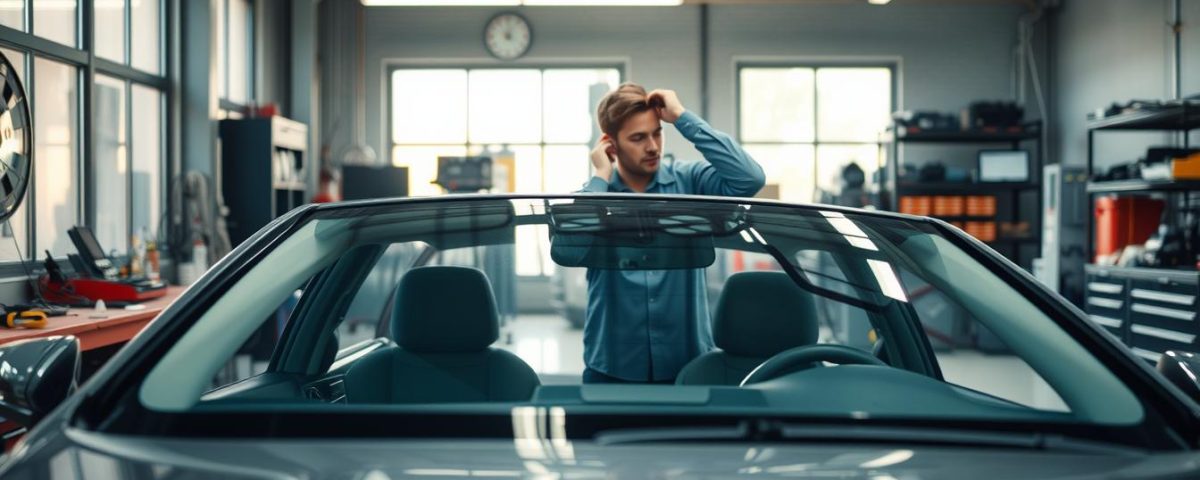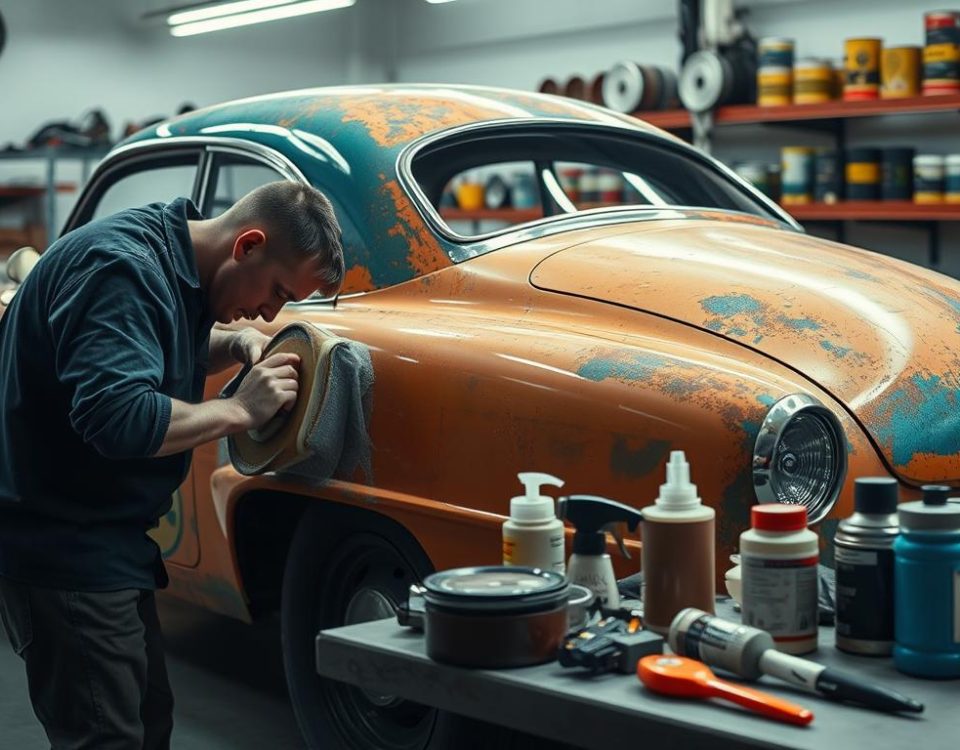
Why Locals Trust Miracle Body and Paint for Auto Repairs

How Our Fleet Services Keep San Antonio Businesses on the Road
Can a single appointment restore your windshield and the high-tech systems that keep your family safe?
We believe one visit should fix both the visible break and the unseen alignments that matter most.
Forward-facing cameras power lane assist, automatic braking, and pedestrian alerts. When a windshield is changed, the camera must be reattached and precisely calibrated. Some vehicles need static calibration, others need dynamic, and some need both.
At Miracle Body and Paint Collision Center, we pair precise glass work with OEM-level calibration in one appointment. That saves time and lowers risk from misaligned sensors that can scan off-axis by dozens of feet and miss hazards.
We serve San Antonio from two convenient locations and guide drivers through each step so systems return to factory accuracy. Book with us today to restore your windshield, camera alignment, and peace of mind.
Key Takeaways
- Combining glass replacement and calibration in one visit preserves system accuracy.
- Forward-facing cameras enable critical safety features and need precise alignment.
- Miscalibrated sensors can miss hazards by scanning off-axis dozens of feet.
- We provide OEM-level calibration and clear communication throughout the process.
- Two San Antonio locations make scheduling convenient for drivers.
Safety First: Why Pair Windshield Replacement with ADAS Calibration Today
Even a tiny change to the camera mount can alter how safety systems read the road. That is why we recommend pairing a windshield replacement with ADAS calibration today.
Features like automatic emergency braking, lane departure warning, pedestrian detection, and forward collision warning all depend on the forward-facing camera’s correct position. After the camera is removed and reattached during a glass replacement, calibration is generally recommended to restore accurate function.
We make same-day scheduling simple so your vehicle leaves our shop with both new glass and the driver assistance tech validated and ready to protect you. We also coordinate with your insurance when needed to streamline claims and reduce downtime.
- Exact camera alignment keeps warnings timely when seconds matter.
- Calibration corrects subtle angle shifts from a new pane of glass.
- Proper setup restores baseline performance for all drivers on the road.
Peace of mind starts with one coordinated appointment that handles replacement and ADAS calibration from start to finish.
Understanding ADAS: The Cameras, Sensors, and Safety Systems Behind Your Windshield
Modern safety suites rely on a network of cameras and sensors to watch the road and warn drivers before danger arrives. We break down how these systems work so you can make informed choices about glass and calibration needs.
Key driver assistance features include lane departure alerts, forward collision warnings, pedestrian detection, and adaptive cruise. Each feature depends on clear visual or radar inputs to detect lanes, vehicles, and people.
Where do the sensors live? The main camera usually sits near the rearview mirror, with radar and other modules mounted in mirrors and bumpers. Small shifts in mounting or glass position change how the camera and sensors aim.
Different types of detection—camera, radar, and sometimes lidar—must be fused accurately by the system. That fusion needs precise alignment so warnings and assists trigger at the right time.
- We show why the camera’s position relative to the glass matters for lane departure and road recognition.
- We explain how sensor placement in mirrors and bumpers affects overall system performance.
- We emphasize post-install verification and calibration as essential for reliable safety.
At Miracle Body and Paint Collision Center, we educate drivers on these technologies so every vehicle leaves with the systems aligned and ready to protect you.
When ADAS Calibration Is Required After Glass or Collision Services
Even small work near sensor mounts can change how safety systems see the road. We proactively check each vehicle after any service that could disturb sensor aim so drivers leave confident the systems work as intended.
Common triggers include windshield replacement, minor collision damage, suspension work, wheel alignment, and changes in ride height or tire size.
- Sensor or bracket replacement, mirror or glass service, and front airbag deployment can all alter sensor orientation.
- Warning lights or stored diagnostic trouble codes often signal a need for an adas calibration; our pre-scan confirms the car’s report.
- Manufacturers and technical service bulletins may require calibration after specific procedures, and we follow those rules to protect warranty and safety.
- Even small bumps or alignment changes change camera and radar geometry, making recalibration a critical final step before the vehicle returns to the road.
We promise clear communication: if calibration is needed, we’ll explain why, outline the process, and validate systems after service so your vehicle is safe and ready for daily driving.
Our Auto Glass Replacement and ADAS Calibration Process
Before lifting a tool, we run a full pre-scan to record existing system codes and set a trustworthy reference point.
Pre-scan, removal, and reassembly
We begin with a digital pre-scan that logs diagnostic trouble codes and the vehicle’s sensor state.
Next, we remove the damaged windshield, complete the replacement, and reattach the camera to the correct bracket per manufacturer specs.

Static vs. dynamic calibration
We perform calibration with the proper equipment and methods dictated by manufacturers.
Static calibration uses in-shop targets on a level floor under controlled lighting.
Dynamic calibration finishes on the road in well-marked lanes at the required speed and conditions.
Validation and documentation
- We run a post-scan to confirm the system returned to factory parameters.
- We provide a clear report that validates the calibration and can share results with your insurance carrier on request.
- Our technicians review outcomes with you and note any next steps to keep your vehicle safe.
Auto Glass & ADAS Repair Services
We bundle windshield work and sensor tuning so your vehicle leaves safe and ready. Our bundled services let you schedule replacement and calibration in one visit, cutting downtime and confusion.
Windshield replacement with forward-facing camera recalibration
After windshield replacement, we reattach the forward-facing camera and perform the recommended calibration. For many models, calibration is required whenever a pane is swapped to restore accurate lane and collision warnings.
Sensor and bracket inspection, alignment, and system fault correction
We inspect sensors, brackets, mirrors, and bumpers for damage or movement. We correct aim, clear stored codes, and validate the safety systems before you drive.
- Comprehensive windshield services that include camera reattachment and calibration so systems return to proper operation.
- Purpose-built equipment and targets for accurate calibration tailored to each vehicle’s needs.
- We offer auto glass options and auto glass repair where appropriate, advising on glass repair replacement versus full replacement.
- We review calibration reports with you, note any corrected fault codes, and give expert tips to keep sensors clean and features reliable.
Precision and Equipment: Calibrating to Manufacturer Specifications
Tiny shifts at the mounting point can change what your vehicle sees downrange. We follow manufacturer specifications at Miracle Body and Paint Collision Center to ensure your safety technologies work as intended after service.
Why every millimeter counts for accurate hazard detection
We calibrate to exact tolerances because small angular errors at the windshield can become large distance errors farther ahead. A slight misalignment can send scanning off-axis by 50 feet or more and cause missed hazards.
Static calibration uses controlled shop targets and level floors. Dynamic calibration finishes the process on well-marked roads at required speeds and daylight conditions.
- We set systems to the exact tolerances your manufacturer requires so lane keeping and collision features have correct data.
- Our process validates both the overall system architecture and each individual module for seamless performance.
- Careful bracket placement and glass handling protect the camera perspective and long-term sensor aim.
- We confirm final results with a post-scan and drive verification so your vehicle leaves with factory-level calibration quality.

Timing, Insurance, and What to Expect from Our Technicians
Prompt, transparent scheduling helps us return your car quickly with verified results. We respect your time and lay out realistic arrival and pickup windows before any work begins.
Static procedures happen in-shop under controlled conditions and take predictable time. Dynamic calibration needs daytime, good weather, well-marked lanes, and certain speeds (often above 37 MPH), which can affect how long the overall service takes.
Our technicians communicate steps as we go. We bundle replacement and calibration in one visit when possible to reduce downtime for your vehicles.
We help with insurance paperwork and provide a clear post-scan report that documents completed steps and system status. That report validates the work and supports warranty or claim needs.
- We explain what can extend time—like poor weather that delays a road-based drive—and how we pivot when conditions improve.
- We protect your car during work and return it clean with documentation you can trust.
- Choose to start today or schedule a time that fits your calendar; we offer drop-off, pick-up, or wait options.
After service, we review care tips to keep camera zones clear and follow up with a friendly check-in once you’ve driven on the road.
Conclusion
A properly aligned windshield and sensor suite keeps your car’s safety features working when you need them most.
We pair precise windshield installation with full calibration so your vehicle’s safety systems work to factory specs. Our process—pre-scan, careful glass fit, camera reattachment, static or dynamic calibration, and post-scan validation—returns documented performance you can trust.
Even small aim errors can shift a camera’s view by dozens of feet and reduce system reliability. If you see warnings or notice odd behavior, act today for timely calibration and service.
Thank you for considering Miracle Body and Paint Collision Center. Hire us to fix collision damage and handle your auto glass and ADAS needs. We serve San Antonio at two locations:
North West San Antonio – Leon Valley
(210) 680-1987
6217 Grissom Rd., San Antonio, TX 78238
North East San Antonio
(210) 858-3630
4650 Walzem Rd, San Antonio, TX 78218


